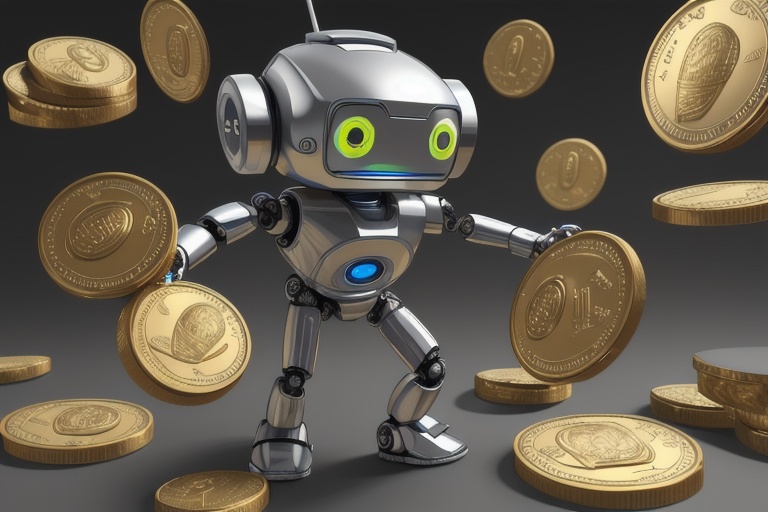Artificial intelligence (AI) is a captivating field at the intersection of computer science and robust data, dedicated to the creation of smart machines capable of emulating human-like problem-solving and decision-making abilities. The origins of AI date back to the mid-20th century, with significant milestones that have shaped its trajectory. It is from this rich historical backdrop that we witness the evolution of AI into a transformative force in today’s world—a catalyst for innovation and change across numerous industries.
Artificial intelligence (AI) is a captivating field at the intersection of computer science and robust data, dedicated to the creation of smart machines capable of emulating human-like problem-solving and decision-making abilities. The origins of AI date back to the mid-20th century, with significant milestones that have shaped its trajectory. It is from this rich historical backdrop that we witness the evolution of AI into a transformative force in today’s world—a catalyst for innovation and change across numerous industries.
The Birth and Evolution of Artificial Intelligence
The formal conversation around AI began with Alan Turing's seminal work, "Computing Machinery and Intelligence," published in 1950. Turing's exploration of machine cognition introduced the Turing Test, a method for determining whether a machine can exhibit human-like intelligence through text-based conversation. This test has become emblematic of AI's development and continues to spark discussions about the nature of intelligence and language.
Adding depth to the study of AI, Stuart Russell and Peter Norvig’s textbook "Artificial Intelligence: A Modern Approach" delves into the various goals or definitions of AI. They outline four conceptual milestones:
- Systems that think like humans
- Systems that act like humans
- Systems that think rationally
- Systems that act rationally
Turing's vision, which primarily falls under the second category, has widened to accommodate multiple perspectives within the AI community.
Diving into AI’s Sub-fields: Machine Learning and Deep Learning
The overarching field of AI includes several sub-fields, with machine learning (ML) and deep learning (DL) seeing frequent mention. Machine learning features algorithms that make predictions or classifications from input data. Deep learning, a specialized subset of ML, employs neural networks with intricate layers capable of extracting features autonomously from vast datasets.
The Hype and Reality of AI Development
AI has historically ridden waves of high expectations followed by periods of disillusionment, known as "AI winters." Despite such cycles, contemporary strides, such as OpenAI’s ChatGPT, illustrate a pivotal moment in the field. The scope of generative AI, particularly in natural language processing, extends its reach beyond language to learning structures like software code, molecules, and images—unlocking a world of multifaceted applications.
Ethical Reflections in AI’s Advancement
With AI's rapid integration into various aspects of life, ethical concerns must be front and center. Companies like IBM have been instrumental in fostering a dialogue on AI ethics. For AI to be a force for good, it must adhere to principles that prevent bias, ensure transparency, and promote accountability.
Distinct Categories: Weak AI vs. Strong AI
A fundamental concept within AI is the distinction between weak AI (also known as Narrow AI or Artificial Narrow Intelligence - ANI) and strong AI. Weak AI includes systems like Siri, Alexa, Watson, and self-driving cars, which are optimized for specific tasks. In contrast, strong AI spans Artificial General Intelligence (AGI) and Artificial Super Intelligence (ASI), where AGI matches human cognition in flexibility and learning capabilities, and ASI, a concept often explored in science fiction, transcends human intellect.
Decoding Deep Learning and Machine Learning
It’s crucial to clarify that deep learning is a branch of machine learning characterized by the use of deep neural networks. These networks automatically determine the relevance of features within data, as opposed to traditional machine learning, which requires more explicit guidance from humans to identify and organize those features.
Artificial intelligence has traversed a long road since its inception, witnessing essential contributions from visionaries like Turing. Today, the field brims with potential for innovative and pragmatic solutions that can reshape society and industry alike. Yet, as AI’s capabilities grow more sophisticated, managing its trajectory responsibly and ethically remains an imperative. Each new breakthrough nudges us closer to an era where intelligent machines could redefine our mundane tasks, creating new opportunities and reshaping our approach to work and daily life.
Information for this article was gathered from the following source.




